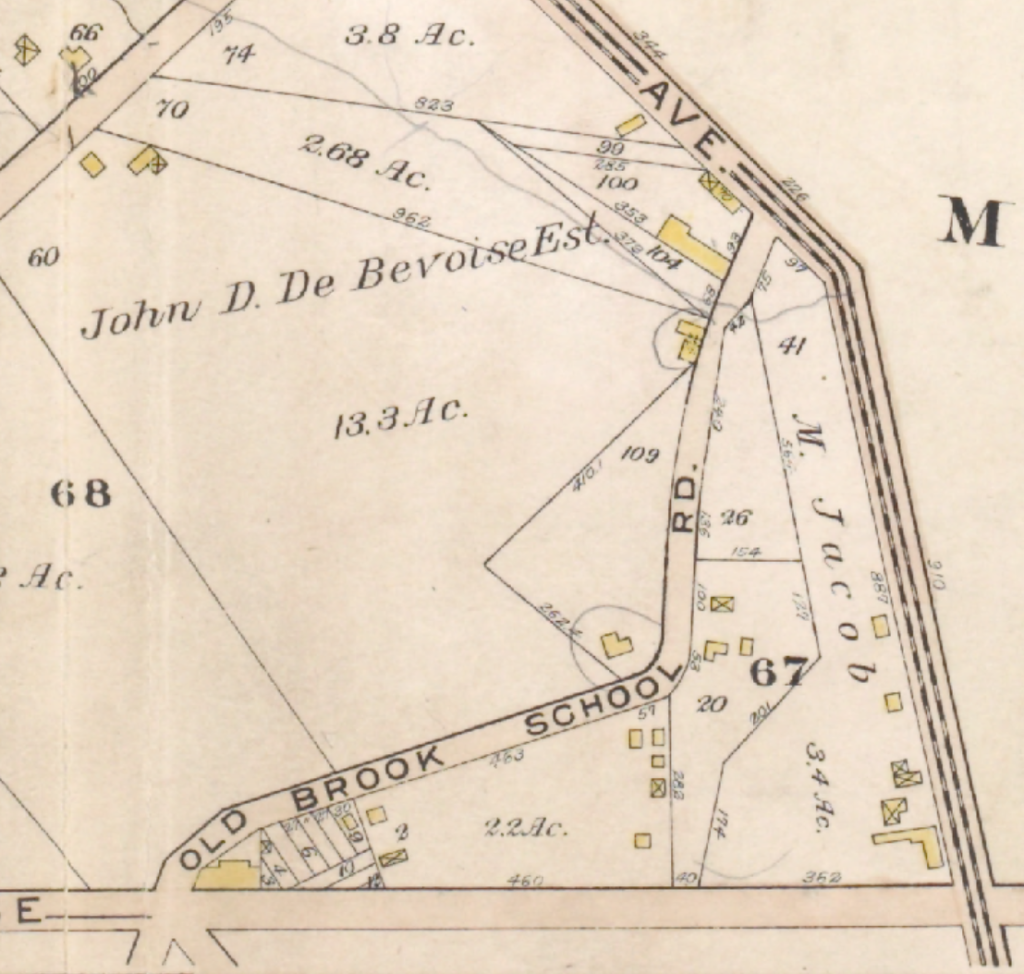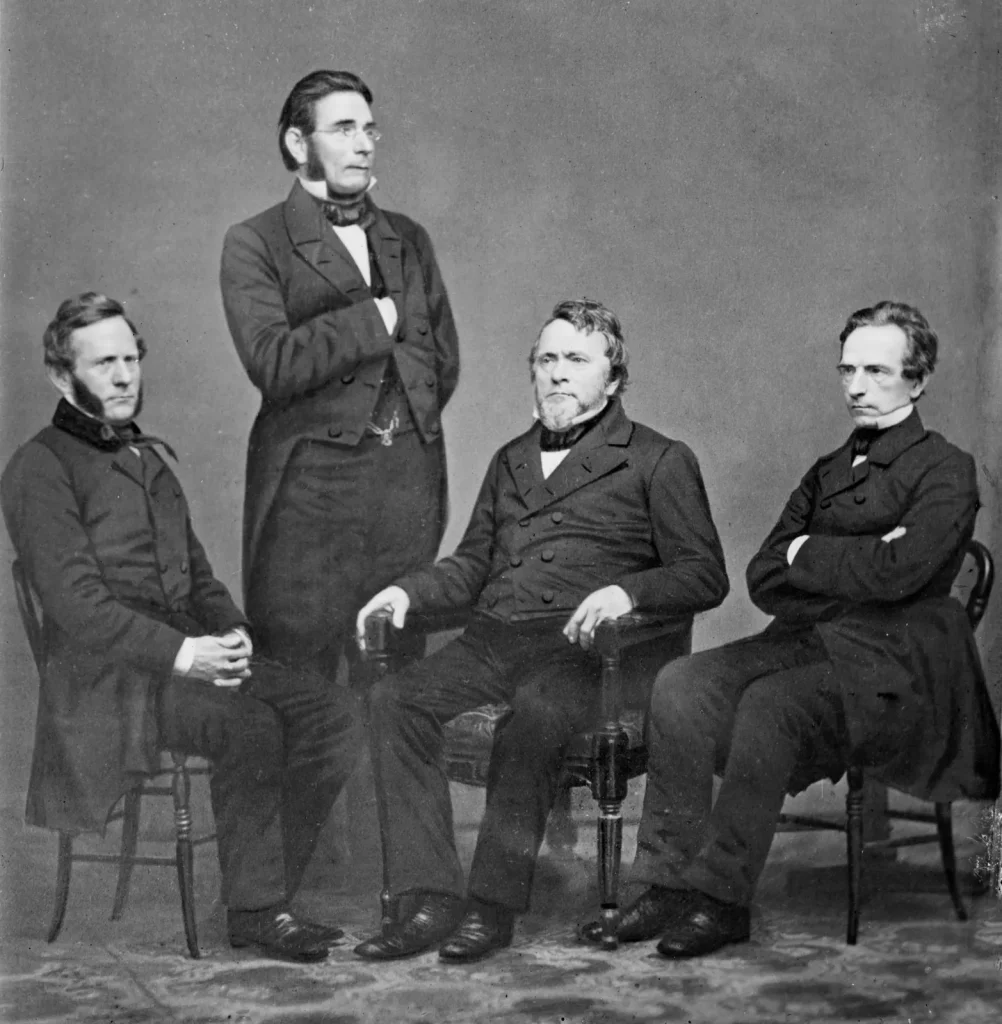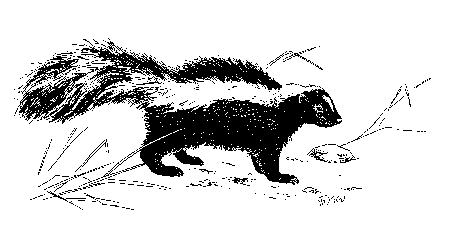The schoolhouse yet stands where, as far back as 1809, the founders of the great publishing house of Harper Brothers – John and James – were taught “the three great Rs” – reading, (w)riting and ‘rithmetic. The old structure of wood and brick and stone, one story high, stands near the border line that divided the old townships of Newtown and Bushwick. It is now in part occupied by a poor German family. A portion of it was burned some years ago and was never repaired. It is a historical relic and should be preserved “through all time.” It is a long, low building. It stands on what was called at one time the Freshwater Brook, which took its rise somewhere above what is now known as Johnson Avenue and meandered toward and finally emptied itself into the creek.

Slavery existed in this state in those days, and the old families of Long Island, particularly of Newtown, were not without this class of servant.
The negro youth of Maspeth, Bushwick, and Williamsburg were never regarded by the whites of their age as inferior, and it happened that colored scholars in the country schoolhouses sat side by side with their owners’ sons. This was the case at least with those who attended the Brook schoolhouse.
Eighty years ago, the school had as its teacher an Englishman named Turquand. He was of French descent but of British birth and was a graduate of its chiefest university. As a man of erudition, Mr. Turquand should have held a better place in the world of learning and of active life. But he had an unfortunate habit. He was greatly given to dissipation. His scholars liked him, and when he was ‘in the sober mood,’ which sometimes would last for a week or ten days, he would, by his energy and methods of tuition, bring his pupils rapidly forward. This fact was appreciated by the people, and his irregularities and uncertainties were tolerated – winked- at, even – to an extreme degree.

Besides John and James Harper there were John and David Bruce, sons of the originator of the oldest type of foundry in the United States. Dick French, a colored boy, was also among the after pupils. The boys preferred fishing in the creek – where there is not now a fish – or snake hunting, to school, and nothing so delighted the future Mayor of New York, James Harper, and his associates than to see their teacher enter the little building of a morning with a listless air, plead headache, and invite the youngsters to open the door and the windows.
It would not be long when such requests were made as the boys well knew before school would be dismissed, that Turquand might seek relief from his illusions in the ‘flowing bowl.’
On one occasion the teacher, who had been on a “tear” the night before, having been paid his monthly wage, on enter- ing the building commenced snuffing around the apartment. “It’s dreadful!” he exclaimed, “Positively dreadful! It seems to come from that hole in the floor.”
“What is it, Mr. Turquand?” asked Jim Harper, demurely. “What is it, sir?”
“Don’t you smell it! Come here and convince yourself that there’s some- thing dreadful–a decaying animal. Perhaps it is that the obnoxious creature known in animal classification as the Mephitis Americanus, has found lodgment beneath the flooring.”

James Harper advanced to the opening pointed at by the teacher, made pretense of smelling, and cried out, “There was a skunk there, sure.” Other boys repeated the performance of smelling, and although they really discovered no odor that was all that obnoxious, they unanimously declared that “one of them cursed skunks was around.”
Turquand, who really believed he had detected something malodorous in the air of the schoolroom – he would not, had he been sober – declared he would speak to the Trustees and until the place was purified and the flooring repaired, he would not subject his pupils to an air so poisoned. The youngsters had a week’s vacation. When they returned to their desks, they found the flooring in the condition they had left it, that the air was pure, and Mr. Turquand, having spent his salary, was perfectly sober.




